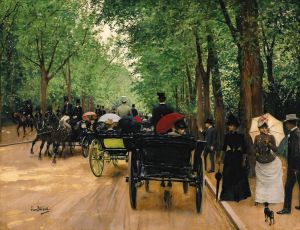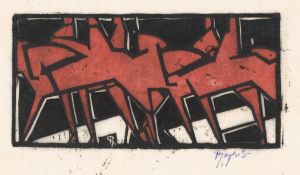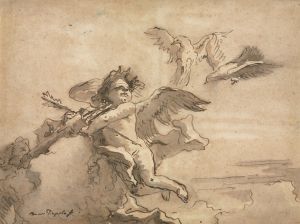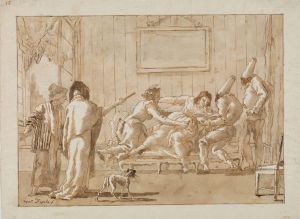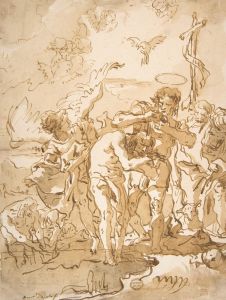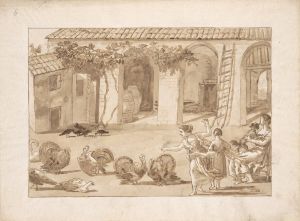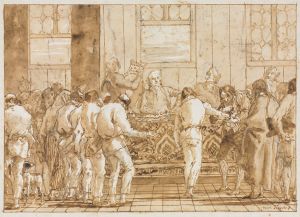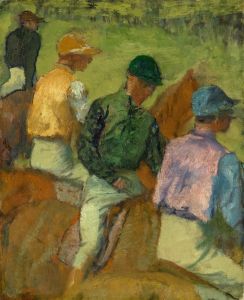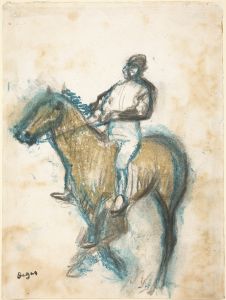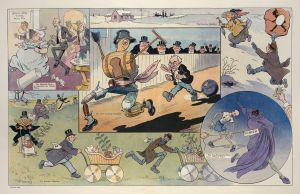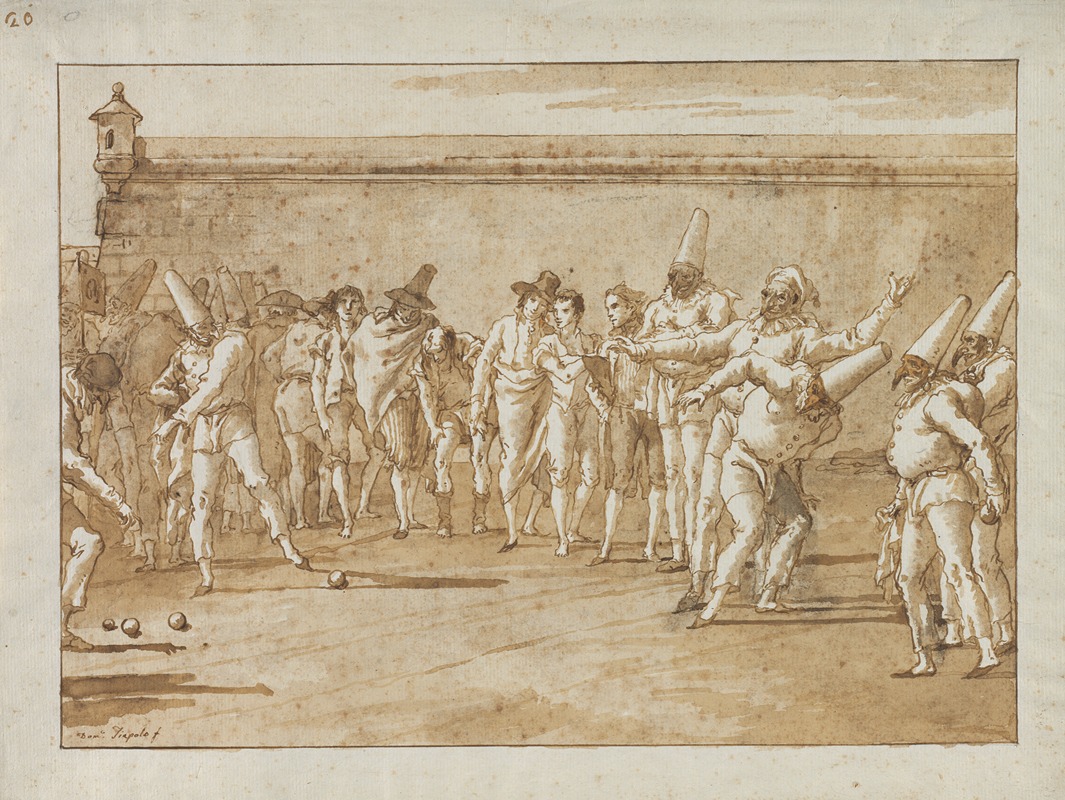
The Game of Bowls
A hand-painted replica of Giovanni Domenico Tiepolo’s masterpiece The Game of Bowls, meticulously crafted by professional artists to capture the true essence of the original. Each piece is created with museum-quality canvas and rare mineral pigments, carefully painted by experienced artists with delicate brushstrokes and rich, layered colors to perfectly recreate the texture of the original artwork. Unlike machine-printed reproductions, this hand-painted version brings the painting to life, infused with the artist’s emotions and skill in every stroke. Whether for personal collection or home decoration, it instantly elevates the artistic atmosphere of any space.
Giovanni Domenico Tiepolo, an Italian painter and printmaker, was the son of the renowned artist Giovanni Battista Tiepolo. Domenico was born in Venice in 1727 and became known for his own distinctive style, which, while influenced by his father, also showcased his unique approach to composition and subject matter. One of his notable works is "The Game of Bowls," a painting that reflects both his artistic heritage and his personal flair.
"The Game of Bowls" is a genre painting, a category that depicts scenes from everyday life. This particular work captures a moment of leisure and social interaction, a theme that was popular in the 18th century as it provided a glimpse into the customs and pastimes of the time. The painting illustrates a group of people engaged in a game of bowls, a sport that involves rolling balls towards a target. This game, known in Italy as "bocce," has been a popular pastime for centuries and is often associated with communal gatherings and outdoor activities.
Domenico Tiepolo's depiction of this scene is characterized by his keen attention to detail and his ability to convey the dynamics of the group interaction. The composition is lively, with figures animatedly participating in the game, their gestures and expressions capturing the competitive yet convivial spirit of the activity. The setting is likely an outdoor space, typical for such games, and Tiepolo's use of light and shadow adds depth and realism to the scene.
The painting is also notable for its vibrant color palette, a hallmark of Tiepolo's work. He skillfully uses color to draw attention to the central figures and to create a sense of harmony throughout the composition. The clothing of the participants, rendered in rich hues, reflects the fashion of the period and adds to the historical context of the piece.
Domenico Tiepolo's work often included elements of humor and wit, and "The Game of Bowls" is no exception. The expressions and postures of the figures may suggest a playful competition, with each participant fully absorbed in the game. This lighthearted approach is typical of Tiepolo's genre scenes, which frequently depicted the joys and subtleties of everyday life.
While Domenico Tiepolo's work was sometimes overshadowed by his father's fame, he was an accomplished artist in his own right. His paintings, including "The Game of Bowls," are valued for their insight into 18th-century Venetian life and their artistic merit. Tiepolo's ability to capture the essence of social interaction and his skillful use of color and composition make this painting a noteworthy example of his oeuvre.
"The Game of Bowls" remains an important piece in the study of genre painting and offers a window into the cultural and social practices of the time. Through this work, Domenico Tiepolo not only documented a popular pastime but also celebrated the vibrancy and diversity of human experience.





